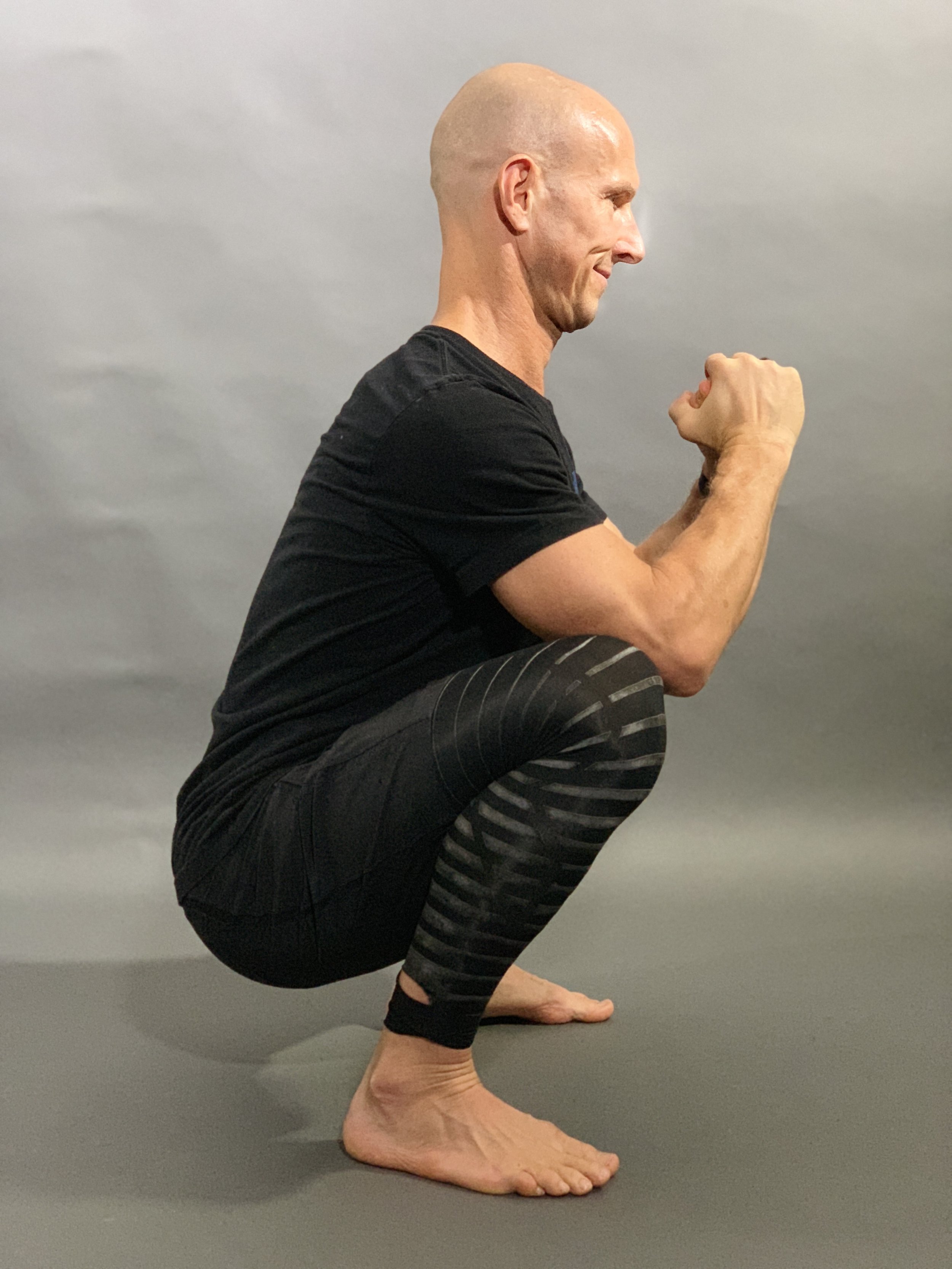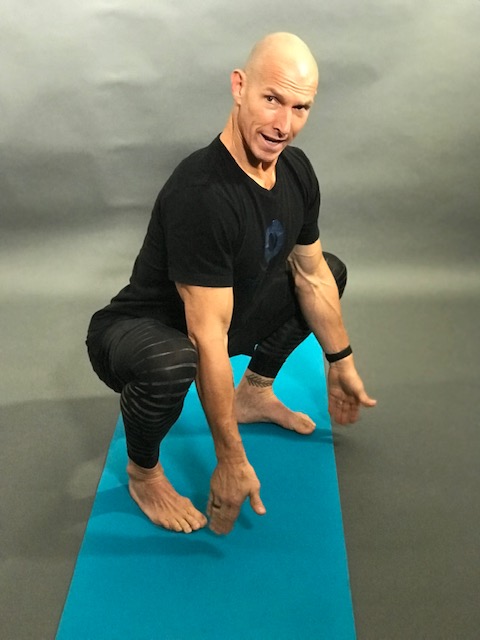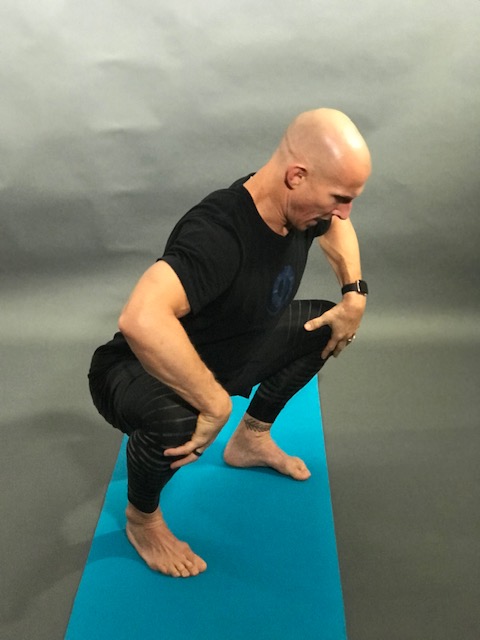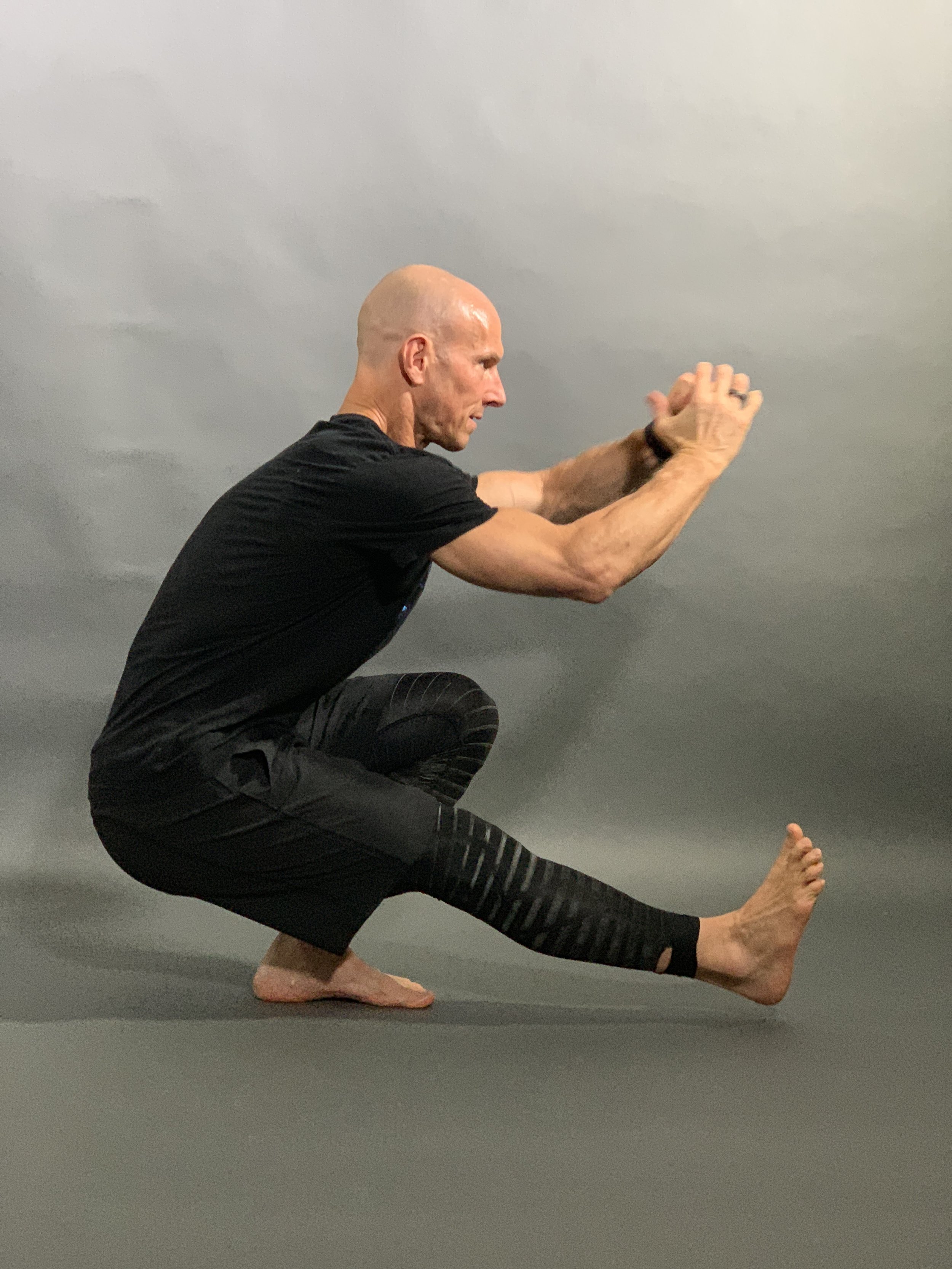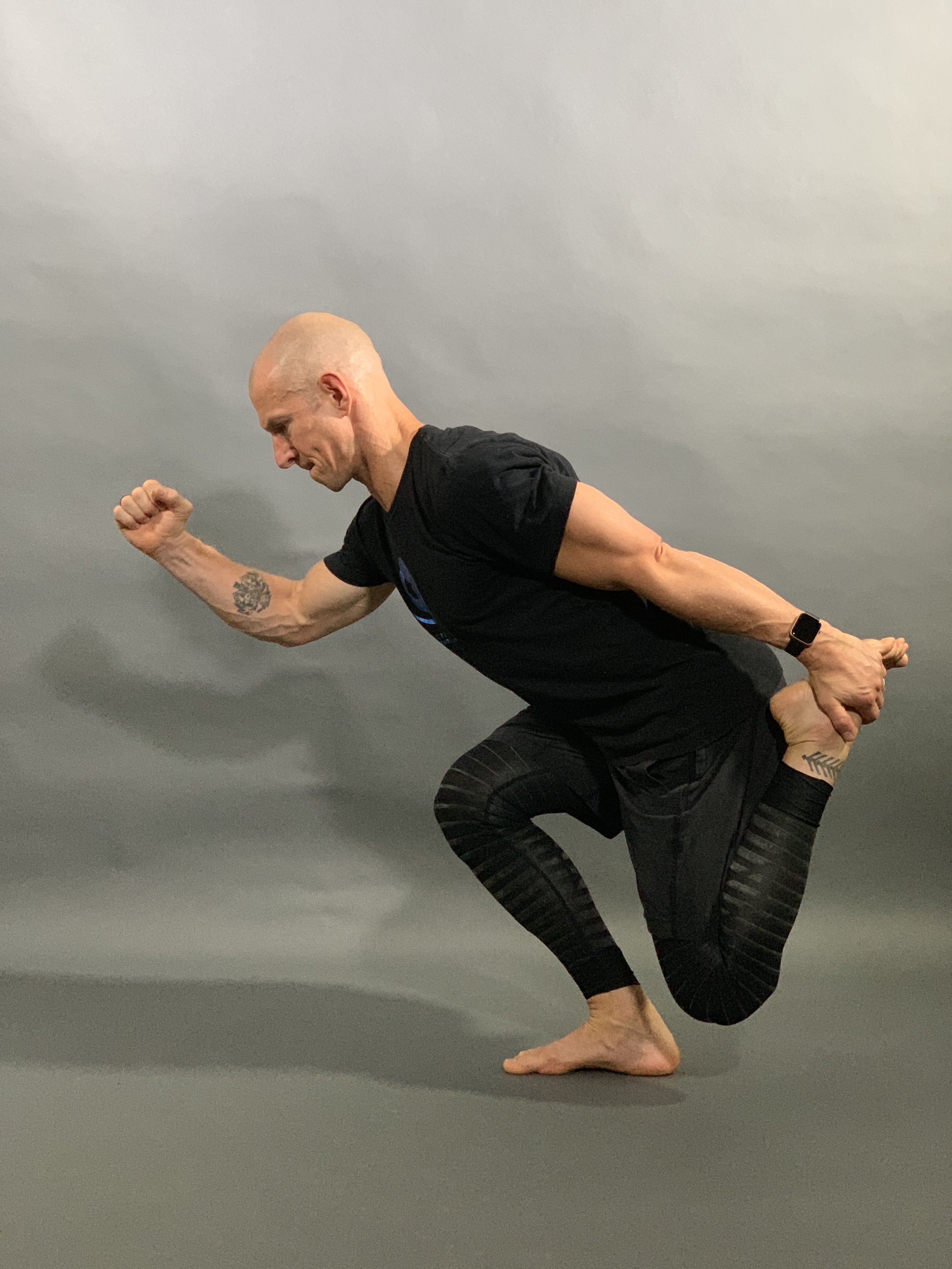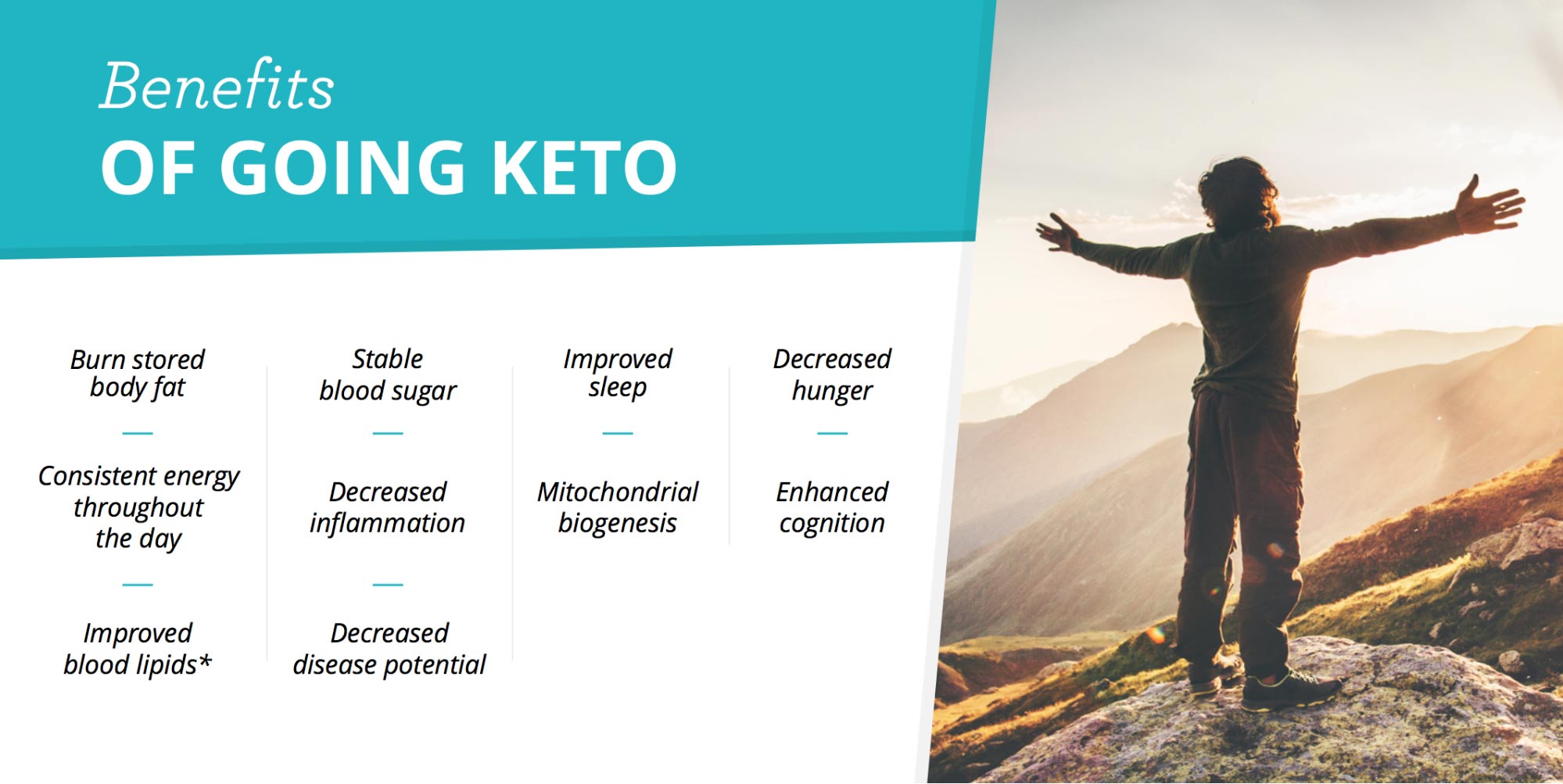So now you must be saying to yourself, "Great, bacon and cheese, less body fat and a quicker, sharper brain??? I'm all in". Well, not so fast. There are some downsides as well...
WHAT ARE SOME KETO DOWNFALLS?
Some of the downfalls of this way of eating range from hormone dysregulation, especially for menstruating women, adrenal dysregulation, thyroid imbalance, and low libido. There are ways to get around these conditions, such as tinkering with your carb intake on certain days or in the evenings, but there is a lot trial an error involved in determining what works for each individual.
Keto is not easy to sustain. Until one gets used to how much of each macro they need to eat to maintain the state of ketosis, there is a lot of measuring, finger pricking (Ketones are most commonly measured in the blood. Other methods use breath).
If the goal is weight loss, it can be difficult to determine how much fat to eat. Simply because it is a fat-intense diet, does not give an individual carte blanche on fatty foods as fatty calories can add up pretty quickly. It's easy to over due it. This goes for protein as well. As intake of protein is unique to each individual, establishing personal guidelines can be tough.
Because it basically requires cutting out a macro from your diet, namely carbs, many people end up lacking some key things. One is fiber. Constipation is a common issue. This isn't a problem per se, but one needs to consciously address it.
Mineral deficiencies, specifically potassium, magnesium, sodium, and calcium are common in those not fully versed on how to troubleshoot the keto diet. Supplementation is often necessary.
Such a precise diet where food often needs to be measured and weighed and macros calculated can easily instigate disordered eating for those with an existing unhealthy relationship with food.
Lastly, there's keto breath, and boy is it gnarly!
I've experimented greatly with the ketogenic diet. The next post will give you the lowdown. I will share my personal experience with it, how to do it right and how to use it as a tool to upgrade your life. If you have any specific questions or concerns you'd like me to address, let me know.
References:
https://articles.mercola.com/ketogenic-diet.aspx
https://bengreenfieldfitness.com/podcast/low-carb-ketogenic-diet-podcasts/how-to-get-into-ketosis/
https://robbwolf.com/paleo-vs-keto/
https://www.healthfulpursuit.com/2017/05/the-keto-diet-book-qa/
https://www.dietdoctor.com/dominic-dagostino-benefits-ketogenic-diets
https://www.perfectketo.com/guide/ultimate-guide-to-ketosis/























